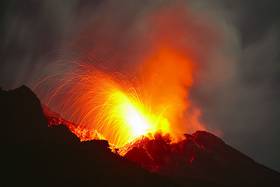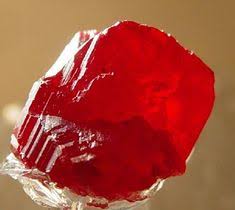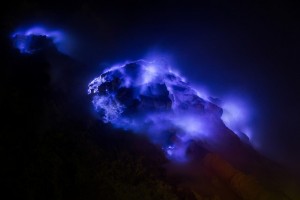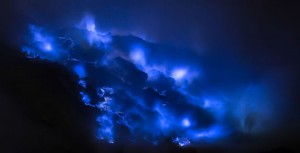It is difficult to believe that Lakes can be coloured if you have not seen them. In Kenya, there are lakes with different colours. Here are some of the examples:
1. Lake Turkana – The Jade Sea
Lake Turkana is famous for its Turquoise colour hence it’s nickname, The Jade Sea. It is the largest Alkaline lake in the World and also the largest permanent Desert Lake in the World. Lake Turkana is also the Largest lake in Kenya with an area of 50 km X 300 km since Lake Victoria is shared between Kenya, Uganda and Tanzania.
2. Lake Magadi
Located on the Southern Part of the Great Rift Valley, it has a bed made almost entirely of solid soda or semisolid soda. This lake turns pink during the algal blooms. It is near Lake Natron in Arusha, Tanzania, that also turns pink.
3. Lake in Kapedo
This lake forms a Bright Blood Red colour that has inspired some myths in the communities living around it. The lake is located at the Southern end of the Suguta Valley.
The colours of the Lakes above are due to Dunalliela algae, Dunalliela salina, that thrive in alkaline saline water of the Lakes above. The algae is green in colour when exposed to salinity but turns red in high salinity and light intensity. In these conditions, the algae produce protective carotenoids in their cells that are responsible for the bright colours in the Lakes.
Do you know of any other lake that is coloured? Let us know in the comments below.



